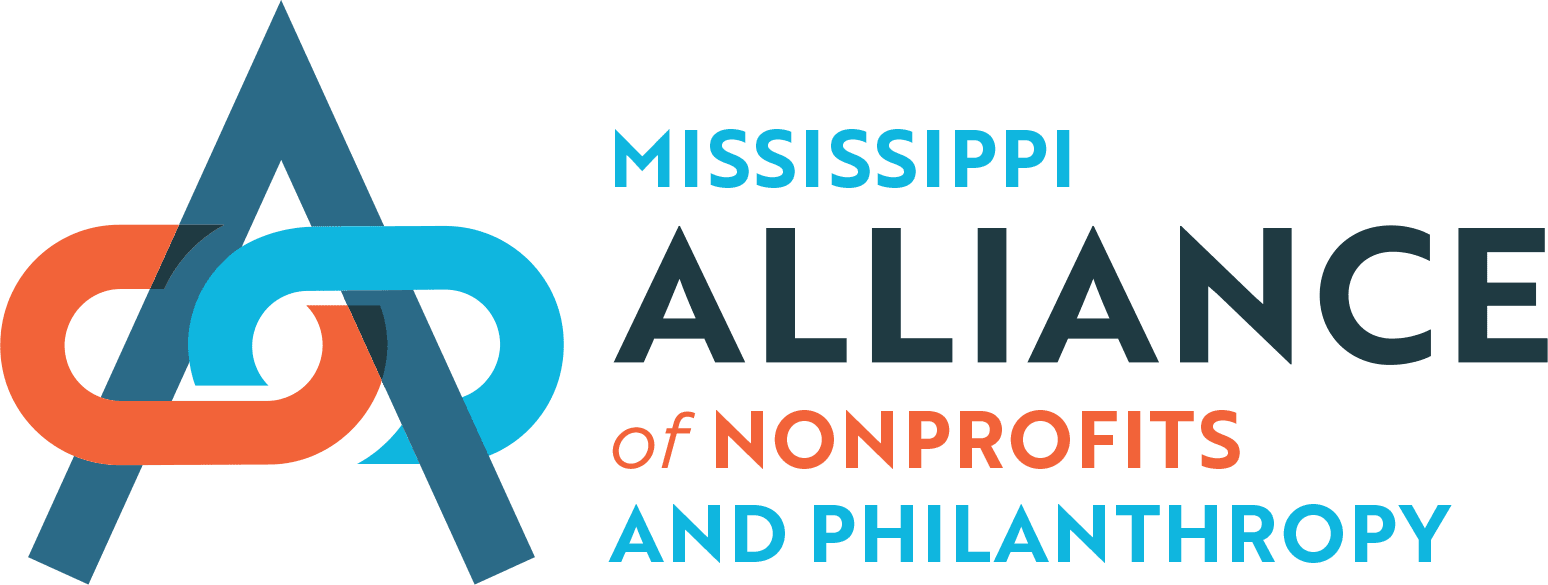Alliance in the News
What Is the True Cost of a 1:1 Device Program? One State’s Careful Rollout Offers a Look

As summer vacation winds down, thousands of devices—including Chromebooks, iPads, and laptops—are in the care of school district IT departments. There, the devices have had updates installed, missing keys replaced, cracked screens repaired and decorative stickers removed. Soon, if not already, those updated and repaired computing devices will be returned to students for the new academic year.
This computing device return-and-repair ritual looks different from the end-of-year textbook and library book return that was a staple of decades past. But it’s increasingly common.
The COVID-19 pandemic and the implementation of emergency remote learning dramatically accelerated the push toward 1:1 computing initiatives that was already underway. One survey of educators found a jump from about two-thirds of middle and high school students having access to a school-issued device prior to the pandemic, to 90 percent a year later. The pandemic-era jump for elementary school students was even larger: from under half to 84 percent. Nearly 60 percent of survey respondents stated that the number of school-issued devices had increased “a lot” since the pandemic began.
Yet observers increasingly caution that merely having devices isn’t enough—a fact that is borne out by research about the effectiveness of 1:1 initiatives. A pre-pandemic meta-analysis found that 1:1 laptop programs positively impacted student performance in English, writing, mathematics and science, with some mixed results about whether these findings were equally true for students of lower socioeconomic backgrounds and whether 1:1 initiatives could help bridge the achievement gap.
At the same time, the meta-analysis described dozens of additional studies showing that laptop programs were correlated with positive teaching and learning processes, including more use of project-based learning and stronger relationships between students and teachers. But these positive teaching and learning benefits didn’t occur in a handful of counterexamples.
That was the case of Birmingham, Alabama, where a 1:1 initiative was imposed by the city government in 2008 with virtually no support for professional development, technological infrastructure, curricula or repair. Significant barriers prevented teachers and students from making wide use of the devices, and the program was eventually dismantled after three years.
Related Articles
A message from your executive director…
A warm hello to our esteemed members and friends. This edition of The Ally seeks to celebrate the rich tapestry that February brings by recognizing Black History Month and other notable events that shape this dynamic month.
Nonprofit Member Spotlight | Family Biz Builder
Family Biz Builder (FBB) is a transformative force in Tunica County, Mississippi. Since 2014, FBB, a compassionate 501(c)(3) nonprofit youth training and development organization, has been the guiding light for countless low-income, at-risk children aged 5-17 and their families across Tunica, Coahoma, and Desoto Counties.
Nonprofit Member Spotlight | Alluvial Collective
Cultivating belonging and wholeness in the world
Friends and Partners,
I’m grateful to be connected to you in this season of celebration and acknowledgment of Black history.



